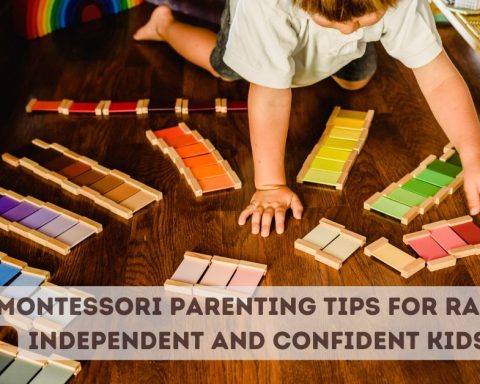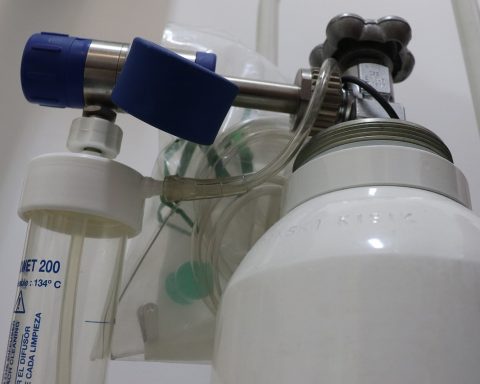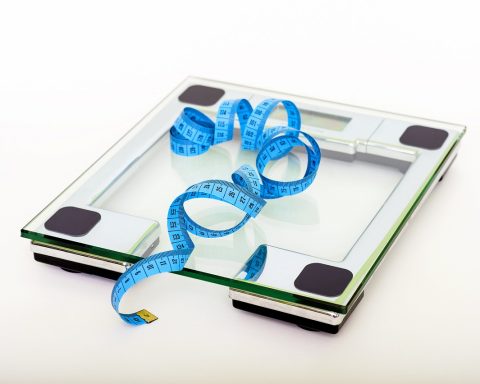A baby comes into the world crying. It is considered a sign of vigor and health. Crying is the way babies communicate even after birth. Parenting on purpose helps parents understand their baby’s cues and respond accordingly.
However, excessive crying can be pretty nerve-racking for parents, and it has a physiological impact on babies too. According to research, “the cortisol level, as a measure of stress, indicates physiologic stress as a result of crying. High levels of cortisol act as an immunosuppressant, weakening the infant’s ability to fight infection.” Persistent crying also affects the bond between mother and infant.
Excessive crying in the first 3 months of life may evolve into a persistent mother-infant distress syndrome, but reducing the amount of crying promotes the development of normal attachment relationships. —Researcher from McGill University
Prolonged and excessive crying can cause aerophagia, distention of the stomach, perforations in the gastrointestinal tract, arterial oxygen tension, and increased white blood cell count. So, mothers and caregivers should do everything in their power to soothe a crying baby.
Ways to Soothe a Crying Baby
Here is some parenting on purpose suggestions that can help soothe a crying baby:
Change the baby’s position. At times, babies become uncomfortable when they lie in one position for too long. Since infants cannot turn and change positions on their own, the parents need to do it for them.
A baby in the womb spends most of its time lying on its side in a fetal position, so holding the baby in the same position can sometimes do the trick.
Swaddle the baby. Swaddling involves wrapping the baby in a baby blanket in a snug yet comfortable way. Swaddling mimics the comfortable and secure feeling the baby experienced inside the womb.
The blanket should be snug but not too tight, and a swaddled baby should always be put on his or her back. Babies tend to be disturbed when moved or wake up startled. Therefore, swaddling encourages a baby to sleep longer.

Rock the baby. Babies find rocking motions very soothing. They not only help the baby settle down, but they also help the baby fall asleep easily. This is the reason why babies tend to doze off in a car.
Placing a crying baby in a swinging cradle, sitting in a rocking chair, or walking with the baby are some parenting on purpose strategies that can help console a crying baby.
Give the baby a pacifier. Thumb-sucking is not just a sign of hunger, but it is also a way for babies to self-soothe themselves. It reminds them of suckling their mother’s nipple or of using their bottles. It also makes them feel secure.
A pacifier is another item that can help a baby feel secure and nurtured when the parent or caregiver is not around. Pacifiers are particularly useful for preterm infants. As this scientific study explains, “Non-nutritive sucking offers the additional benefit of increased peripheral oxygen saturation when used during painful procedures that produce crying.”
Play a familiar sound. Familiar sounds can have a particularly soothing effect on babies. For example, babies are used to listening to the heartbeat of their mothers in the womb, so anything that reminds them of this sound may pacify them.
Also, the sound of a vacuum cleaner, a hairdryer, or radio static can help calm down a fussy baby. In addition, some babies find familiar lullabies, particularly in the mother’s voice, very fascinating.
Massage the baby. Babies find touch from a familiar caregiver very soothing; therefore, massage is beneficial for a fussy, crying baby. Baby oil or lotion can be used to massage the baby’s back, tummy, and toes.
Usually, a massage is effective enough to calm down a crying baby; however, if it doesn’t work, then the parents need to investigate further. Massage can take care of simple gas or, at times, colic, but acid reflux is something massage cannot fix.
Give the baby a bath. A warm bath can help relax tight muscles and reduce colic. Since babies have spent time in the womb, they tend to enjoy contact with water. Oftentimes, babies nap immediately after taking a bath, which can help them recover from a crying episode.
However, some babies don’t enjoy bathing at all and may end up crying even more during a bath. It takes time to figure out what works for certain babies and what doesn’t.
Turn the lights off. Since babies emerge from a dark womb, they tend to get overstimulated when they remain for too long in surroundings with too much noise or light.
Research shows that “Some infants simply need less environmental input to recover from a crying bout.” Therefore, one parenting on purpose strategy is to take a fussy baby to a semi-dark or totally dark and quiet room and let them rest. Once the baby is rested and calm, he or she can be taken back into the activity area.
Strategies that reduce crying lose their efficacy over time, so as part of parenting on purpose, parents and caregivers should come up with other ways to soothe their fussy babies until they bypass the crying stage altogether.
Responding immediately to a baby is the best way to end prolonged crying and the problems associated with it. Stressed-out mothers and caregivers need to remember that babies soon outgrow their dependency on others and will eventually learn to soothe themselves.
References:
- Shiao, Shyang-Yvn Pamela Koong, Ying-Ju Chang, Helene Lannon, and Hossein Yarandi. “Meta-Analysis of the Effects of Nonnutritive Sucking on Heart Rate and Peripheral Oxygenation: Research from the Past 30 Years.” Issues in Comprehensive Pediatric Nursing 20, no. 1 (1997): 11–24. Retrieved from https://www.tandfonline.com
- Barr, R. G. “Crying in the First Year of Life: Good News in the Midst of Distress.” Child: Care, Health, and Development 24, no. 5 (1998): 425–439. Retrieved from http://europepmc.org
- McKenzie, Sheila. “Troublesome Crying in Infants: Effect of Advice to Reduce Stimulation.” Archives of Disease in Childhood 66, no. 12 (1991): 1416–1420. Retrieved from http://adc.bmj.com








